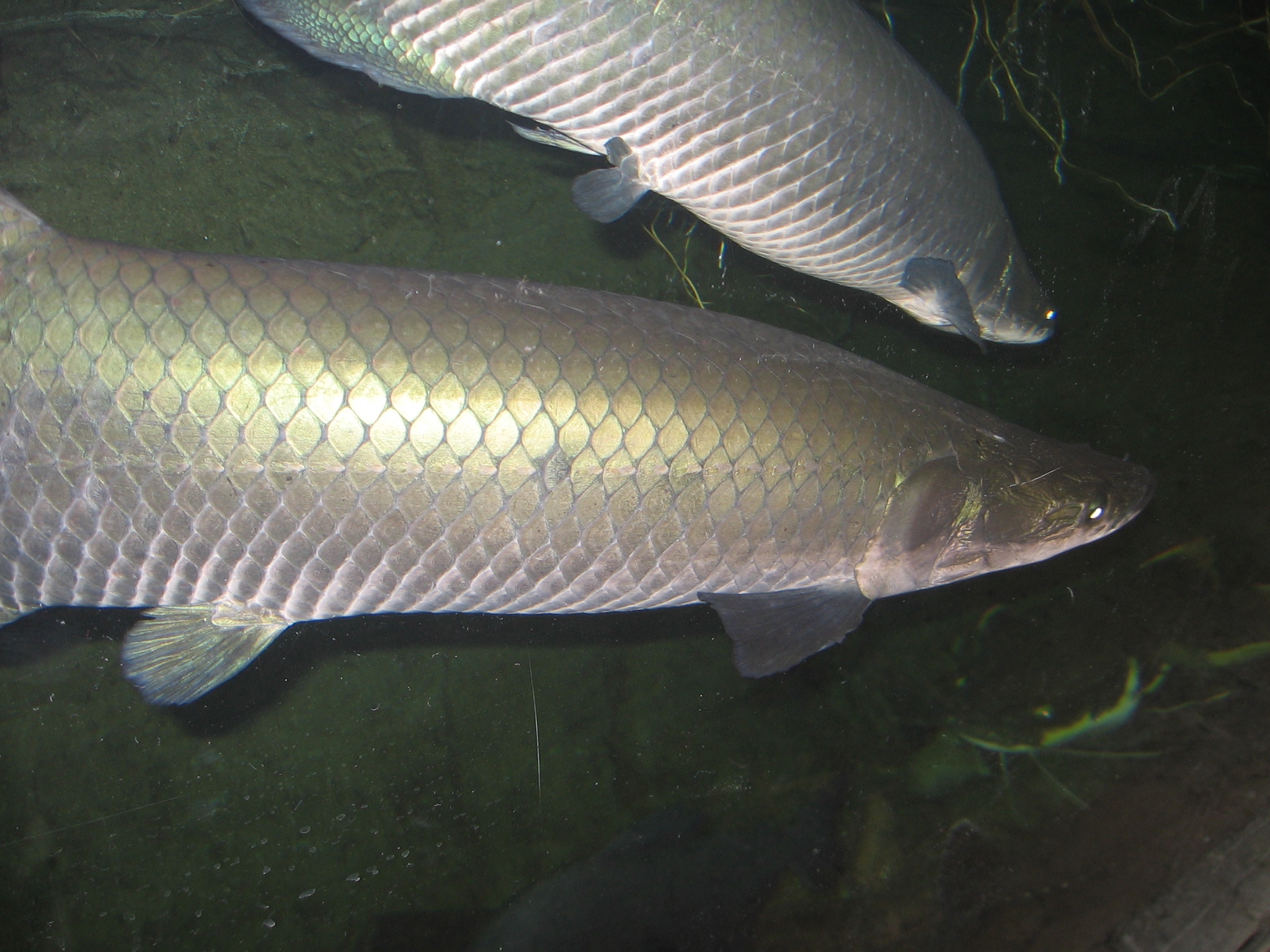Omagua on:
[Wikipedia]
[Google]
[Amazon]
Omagua or low jungle (''selva baja'' or partially '' tierra caliente'') is one of the eightPulgar Vidal, Javier: Geografía del Perú; Las Ocho Regiones Naturales del Perú. Edit. Universo S.A., Lima 1979. First Edition (his dissertation of 1940): Las ocho regiones naturales del Perú, Boletín del Museo de historia natural „Javier Prado“, n° especial, Lima, 1941, 17, pp. 145-161. natural regions of  The
The
Peru
, image_flag = Flag of Peru.svg
, image_coat = Escudo nacional del Perú.svg
, other_symbol = Great Seal of the State
, other_symbol_type = National seal
, national_motto = "Firm and Happy f ...
. It is located between 80 and 400m above sea level in the Peruvian Amazonia
Peruvian Amazonia ( es, Amazonía del Perú) is the area of the Amazon rainforest included within the country of Peru, from east of the Andes to the borders with Ecuador, Colombia, Brazil and Bolivia. This region comprises 60% of the country and ...
( Amazon rainforest). In this region, there are a lot of rivers that create meander
A meander is one of a series of regular sinuous curves in the channel of a river or other watercourse. It is produced as a watercourse erodes the sediments of an outer, concave bank ( cut bank) and deposits sediments on an inner, convex ba ...
s, swamps and lagoon
A lagoon is a shallow body of water separated from a larger body of water by a narrow landform, such as reefs, barrier islands, barrier peninsulas, or isthmuses. Lagoons are commonly divided into ''coastal lagoons'' (or ''barrier lagoons'') ...
s.
The flora
Flora is all the plant life present in a particular region or time, generally the naturally occurring (indigenous (ecology), indigenous) native plant, native plants. Sometimes bacteria and fungi are also referred to as flora, as in the terms '' ...
includes trees like cedro and palms (e.g. genus ''Phytelephas
''Phytelephas'' is a genus containing six known species of dioecious palms (family Arecaceae), occurring from southern Panama along the Andes to Ecuador, Bolivia, Colombia, northwestern Brazil, and Peru. They are commonly known as ivory palm ...
'', tucumo ('' Astrocaryum aculeatum''), shapaja ('' Attalea phalerata'') and shebo ('' Attalea butyracea'')). There are also plants like the '' Cattleya rex'', a species of orchid
Orchids are plants that belong to the family Orchidaceae (), a diverse and widespread group of flowering plants with blooms that are often colourful and fragrant.
Along with the Asteraceae, they are one of the two largest families of flowerin ...
.
fauna
Fauna is all of the animal life present in a particular region or time. The corresponding term for plants is ''flora'', and for fungi, it is ''funga''. Flora, fauna, funga and other forms of life are collectively referred to as ''Biota (ecology ...
includes animals like the capybara (which is the biggest rodent
Rodents (from Latin , 'to gnaw') are mammals of the order Rodentia (), which are characterized by a single pair of continuously growing incisors in each of the upper and lower jaws. About 40% of all mammal species are rodents. They are n ...
in the world), the giant armadillo, the jaguar, the giant otter
The giant otter or giant river otter (''Pteronura brasiliensis'') is a South American carnivorous mammal. It is the longest member of the weasel family, Mustelidae, a globally successful group of predators, reaching up to . Atypical of muste ...
, and the red brocket deer
The red brocket (''Mazama americana'') is a species of brocket deer from forests in South America, ranging from northern Argentina to Colombia and the Guianas. It also occurs on the Caribbean island of Trinidad (it also occurred on the island of ...
. There are also numerous species of birds, including the white-throated toucan, the hoatzin
The hoatzin ( ) or hoactzin ( ), (''Opisthocomus hoazin''), is the only species in the order Opisthocomiformes. It is a species of tropical bird found in swamps, riparian forests, and mangroves of the Amazon and the Orinoco basins in South Ameri ...
, the jabiru, and the red-and-green macaw
The red-and-green macaw (''Ara chloropterus''), also known as the green-winged macaw, is a large, mostly-red macaw of the genus ''Ara''.
This is the largest of the genus ''Ara'', widespread in the forests and woodlands of northern and central ...
. Animals that live in the water include the paiche, the Amazonian manatee and pipa toads.
Overview
Andean Continental Divide
Mountain top
* Mountain passes - 4,100 m *Puna grassland
The puna grassland ecoregion, of the montane grasslands and shrublands biome, is found in the central Andes Mountains of South America. It is considered one of the eight Natural Regions in Peru,Pulgar Vidal, Javier: Geografía del Perú; Las Oc ...
* Andean-alpine desert
* Snow line - about 5,000 m
* Janca - rocks, snow and ice
* Peak
See also
* Climate zones by altitude *Altitudinal zonation
Altitudinal zonation (or elevational zonation) in mountainous regions describes the natural layering of ecosystems that occurs at distinct elevations due to varying environmental conditions. Temperature, humidity, soil composition, and solar r ...
Literature